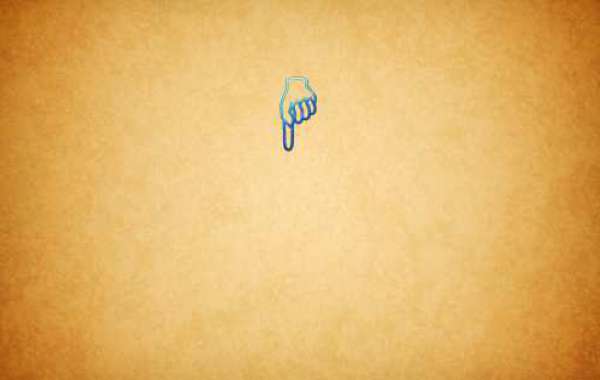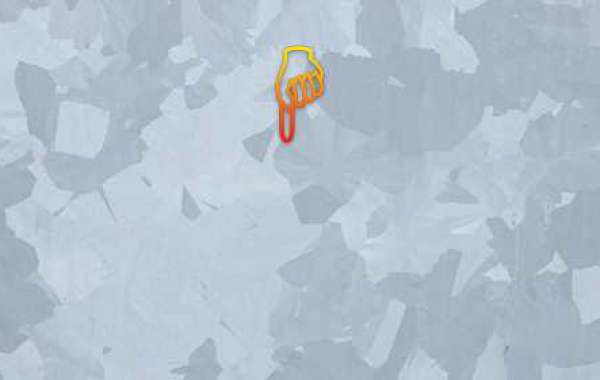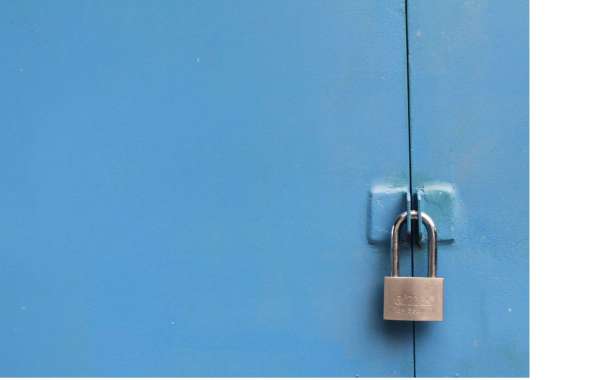- a) Failure of equipment resulting in unscheduled downtime, lack of production and cost of replacements;
- b) Decrease in plant efficiency due to deposition of corrosion products in heat exchangers resulting in a lack of heat transfer.
The corrosive potential of something can be predicted from water analyses and the Langelier or Ryznar indices; empirical tools for predicting scale and corrosive tendencies of natural waters based on the chemical analyses and the thermodynamic constants for CO2/H2O/CaCO3 system. A calculation is constructed of the theoretical pH (pHs) of which a specific water is just in equilibrium with calcium carbonate. Predictions are then made on the basis of the actual water pHa. Building Management System in Bangladesh
(pHs = (pK2 - pKs) + pCa2 + pAlk )
Langelier Index = pHa - pHs if positive this indicates scale forming, if negative then corrosive.
Ryznar Index = 2pHs - pHa
- 4 - 5 Heavy scale
- 5 - 6 Slight scale
- 6 - 7 Scale / Corrosion
- 7 - 7.5 Corrosive
- 7.5 - 9 Highly corrosive
Protection from corrosion can be achieved either by changing the metal or the environment. Changing the metal is expensive and may not at all times be successful. Changing the environment is really a trusted, practical method to regulate corrosion. In cooling systems two practical approaches might be adopted:







